I am trying to send a file and some json in the same multipart POST request to my REST endpoint. The request is made directly from javascript using axios library as shown in the method below.
doAjaxPost() {
var formData = new FormData();
var file = document.querySelector('#file');
formData.append("file", file.files[0]);
formData.append("document", documentJson);
axios({
method: 'post',
url: 'http://192.168.1.69:8080/api/files',
data: formData,
})
.then(function (response) {
console.log(response);
})
.catch(function (response) {
console.log(response);
});
}
However, the problem is when I inspect the request in chrome developer tools in the network tab, I find no Content-Type field for document, while for file field Content-Type is application/pdf (I'm sending a pdf file).
On the server Content-Type for document is text/plain;charset=us-ascii.
Update:
I managed to make a correct request via Postman, by sending document as a .json file. Though I discovered this only works on Linux/Mac.
